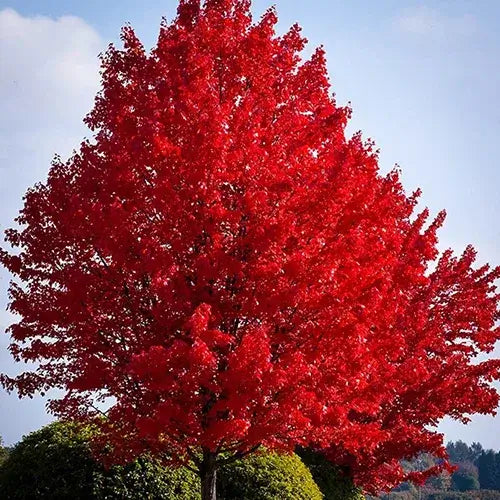Mountain Maple
The mountain maple, or Acer spicatum, is a maple native to northeastern North America, though You can find it growing in the highlands as far south as Georgia. The mountain maple is a resident of moist woods and rock-drained soils and can reach 15 to 40 feet. This deciduous tree is one species of maple that have been used for centuries in the production of maple sugar and syrup due to the rich, sugary sap the tree produces and is harvested in winter.
The beauty of the Mountain Maple
The mountain maple leaves are opposite and simple, 3-5 inches long with 3-5 shallow broad lobes. The leaves and slender branches form an exquisitely spreading crown over the short trunk; this makes the mountain maple highly prized as a small shade tree. The mountain maple produces reddish-colored samara; the familiar wing-shaped leaflets contain the seed in late summer to early autumn. With the breezes of autumn, this samara can be seen whirring through the air like miniature helicopters.
For those interested in landscaping and gardening the mountain, maple is an excellent choice when planted as a small shade tree or as an accent. Since the mountain maple is a native species, those in northeastern North America and the highlands of the Appalachians can plant the tree without worrying about ecological damage being done by an invasive species.
For all your tree shopping, visit TN Nursery
https://www.tnnursery.net



















































